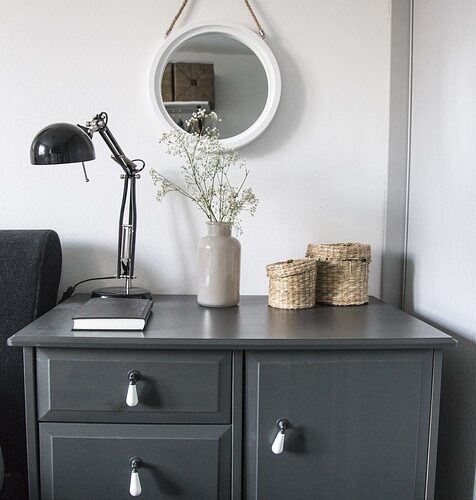Interior designers have known for a long time that layering lighting is essential. But it has taken many years, if not decades, for that knowledge to percolate down to the general public. Even today, the most significant considerations are the colour scheme, the overall theme, and the furniture. People, in general, are far less concerned about lighting than they should be.
Lighting in a room is not just something that will work itself out automatically. It requires the same planning and effort as any other factor involved in renovating a room. Get the lighting right, and your remodelling will look stunning. Get it wrong, and you’ll be perpetually disappointed.

The basics of a good lighting setup include things like:
- Using spotlights to highlight points of interest in your rooms, like paintings, vases, figurines, grand pianos, and tabletops
- Adding night light options which are less harsh, making it easier for people to find their way around in the evenings and early mornings without blinding themselves
- Choosing the right bulbs, be they incandescent, LED or even halogen for your particular purposes
- Choosing the correct “temperature” and color of your bulbs to bring out the best in your rooms
- Including flexible lighting that is actually helpful, such as reading lights with bendable heads.
However, even considering all these factors, you’re unlikely to get the effect that you want without a little layering on top.
What Is Lighting Layering?
The basic concept of layering your lighting is actually straightforward. Instead of lighting a room from a single point – such as an overhead lamp – you light it from multiple directions. So, for instance, you could combine a regular ceiling lamp with a LEpro LED panel and recessed spotlights on top of your cabinets.
The technique has become increasingly popular because of how it improves the impact of your decor. By flooding rooms with light, you avoid creating shadows that can wreck the aesthetic you want.
How To Layer With Light
Effective layering with light is all about choosing a variety of different light sources and angling all of them in a slightly different way so that they flood the room. It sounds complicated, but it is actually much easier than you might think.

Let’s say, for instance, that you want to layer your lighting in the kitchen. First, you’d start in all the usual places, putting spotlights in the ceiling and adding a lamp or two to the counter. Then you’d add more lights – perhaps on the inside of cabinets. After that, you’d look for opportunities for recess lighting, including putting bulbs on top of the kitchen cabinets facing upwards. And then, finally, you’d look for more opportunities to create a stunning space, such as embedding lights on the floor.
Using this approach, you can layer lighting in practically any room. All you need to do is focus on the idea that light should come from multiple sources at different angles. Once you understand that, you know how to layer lights.
Featured post
© Copyright 2020 Antonia, All rights Reserved. Written For: Tidylife


Leave a Reply